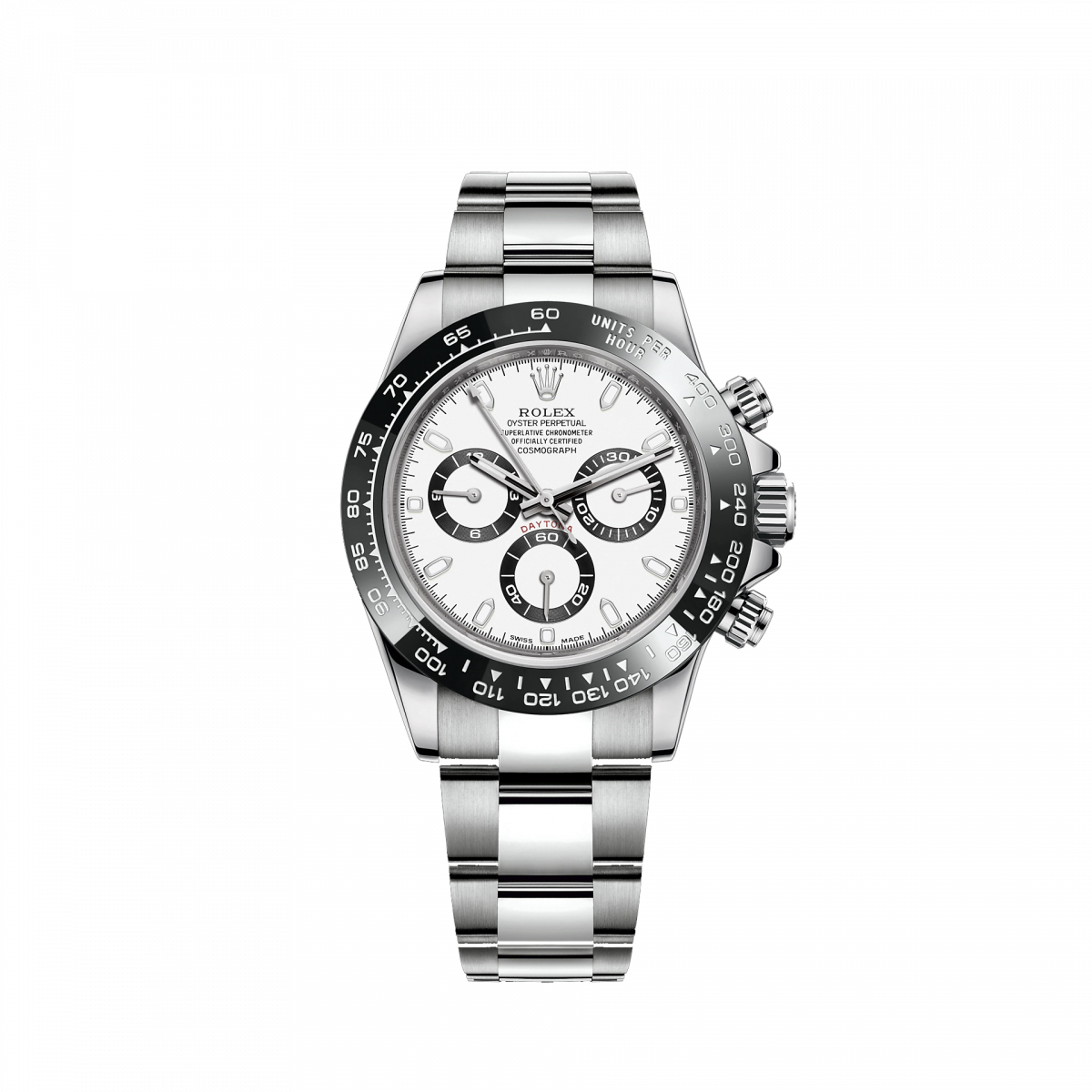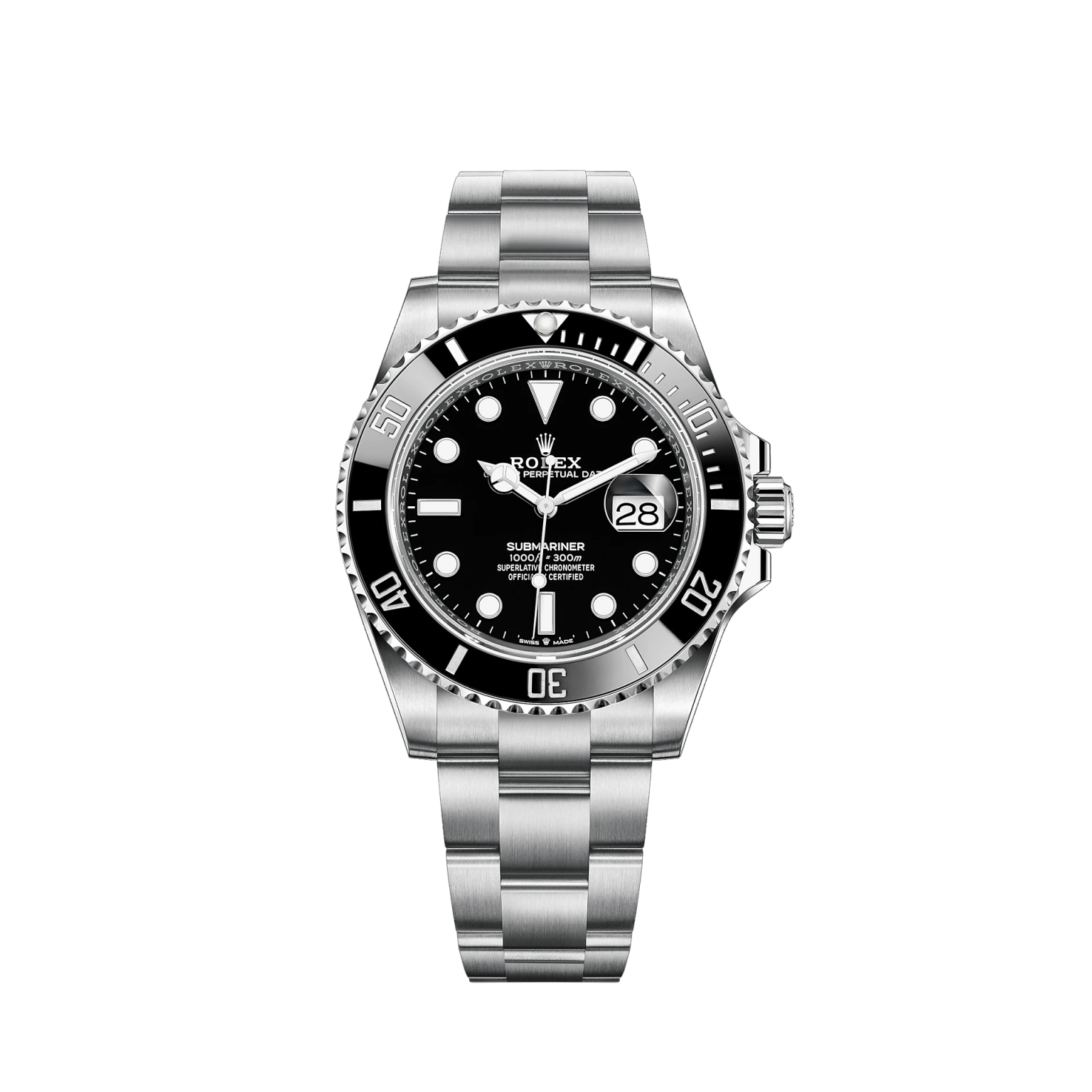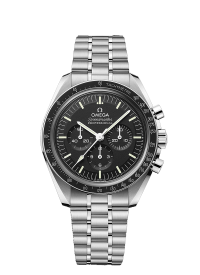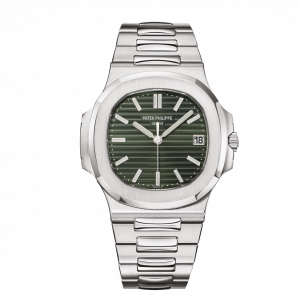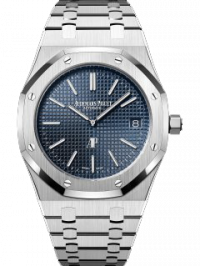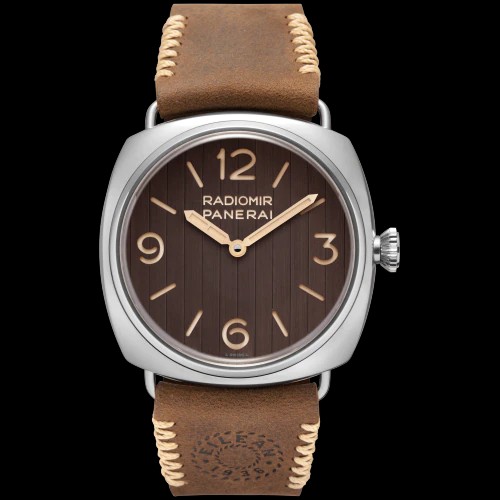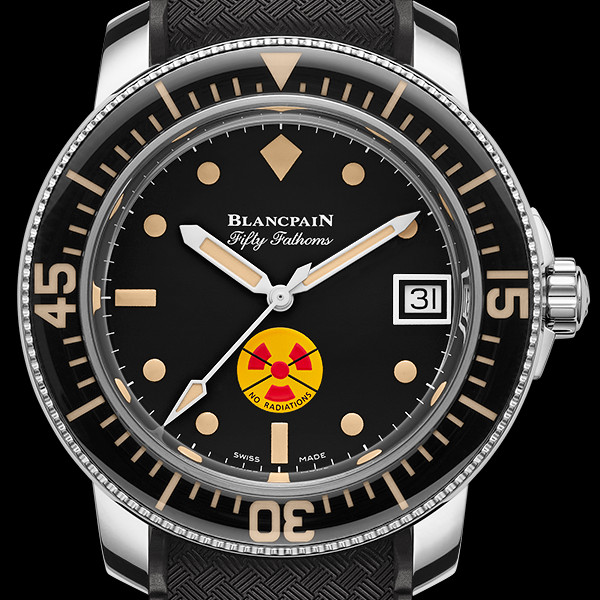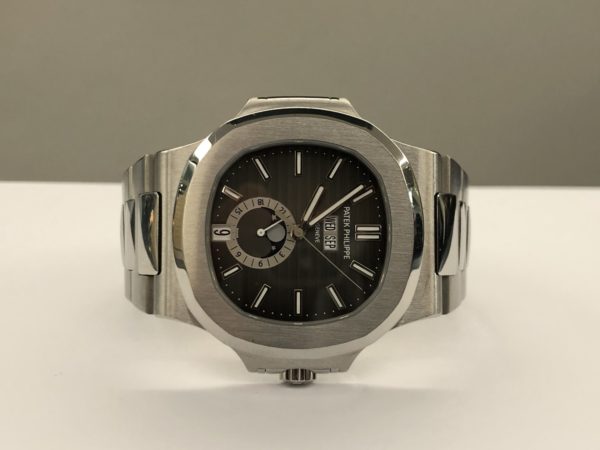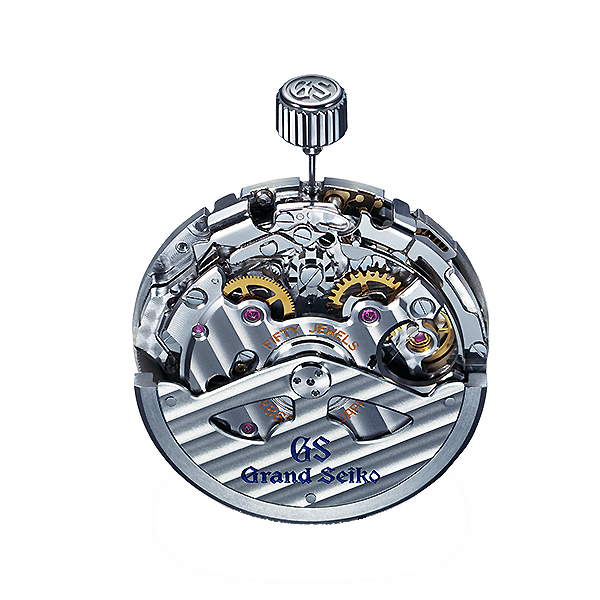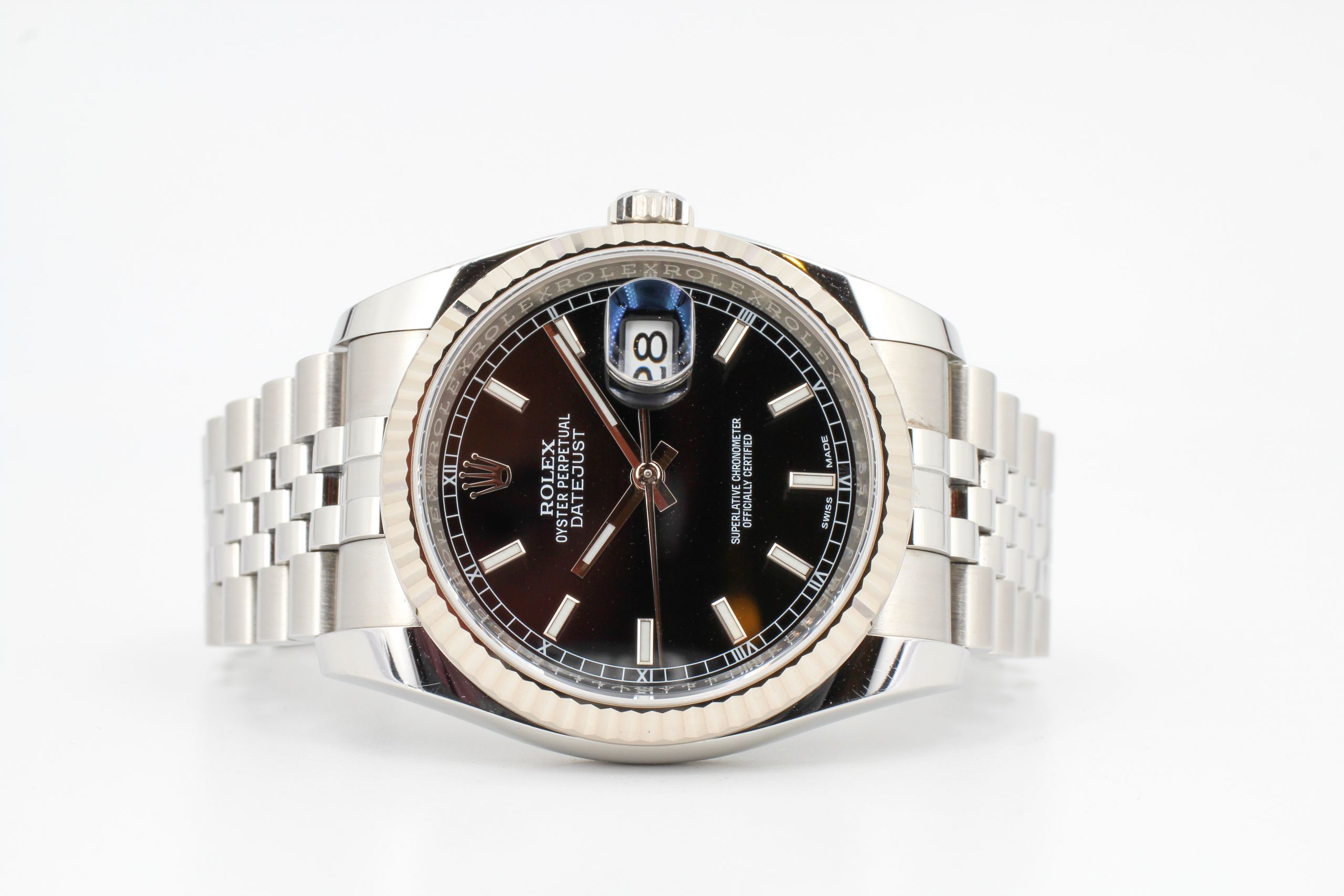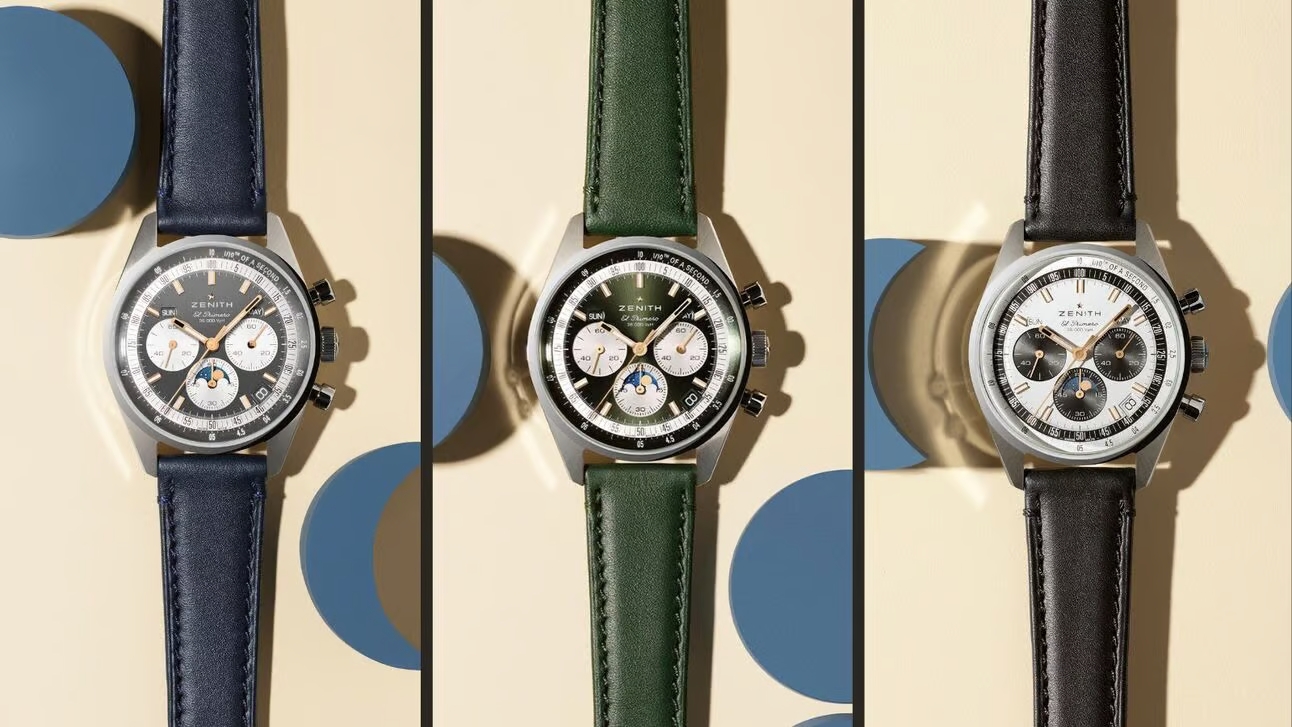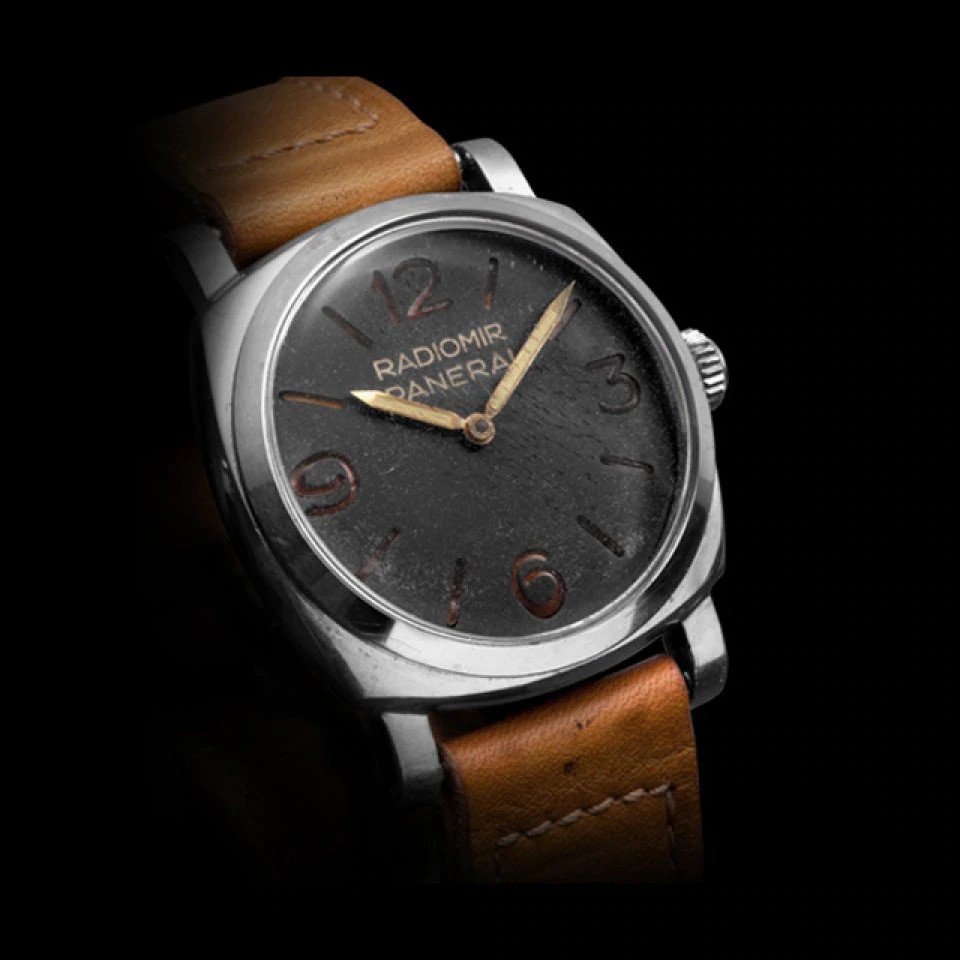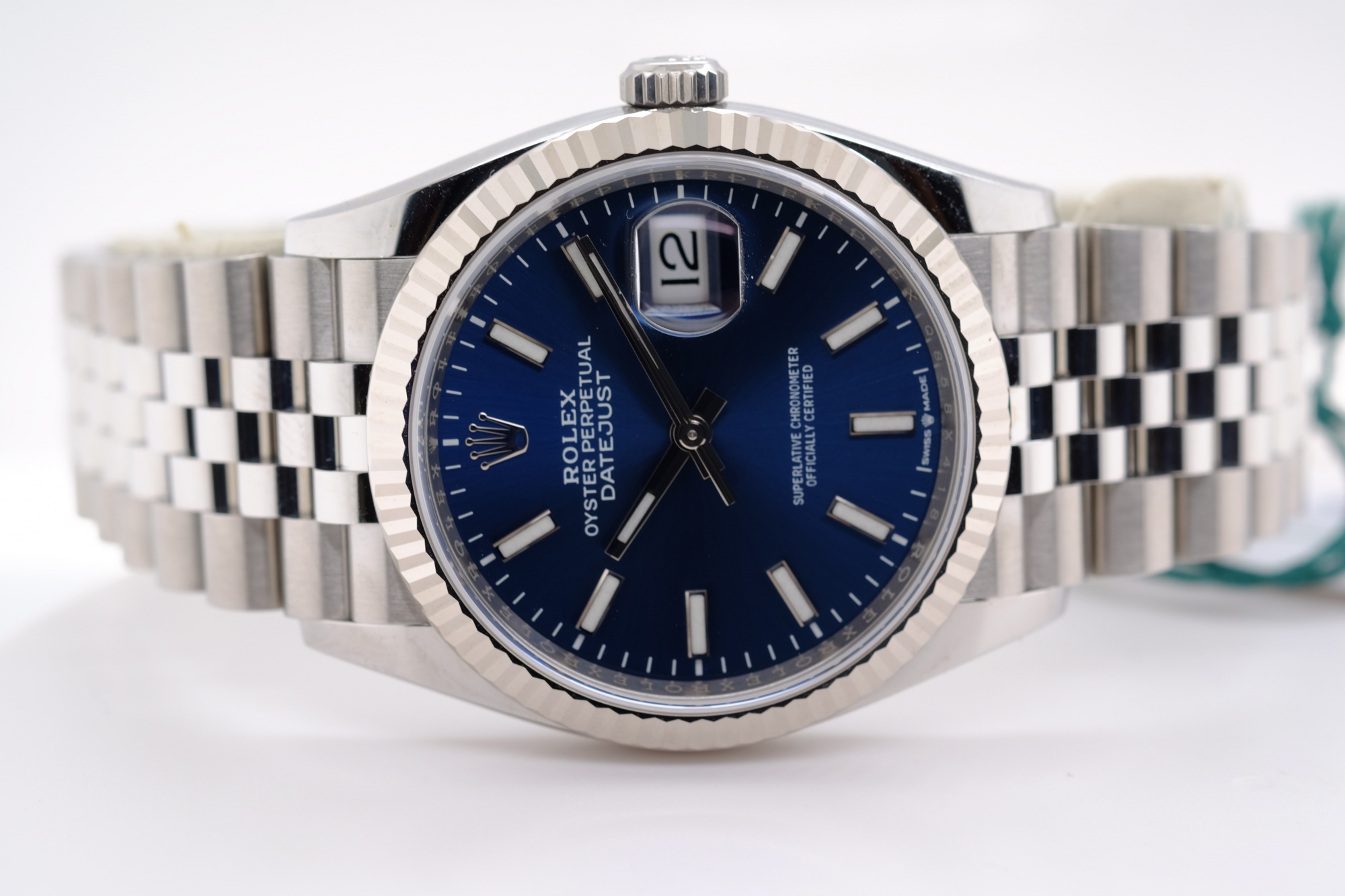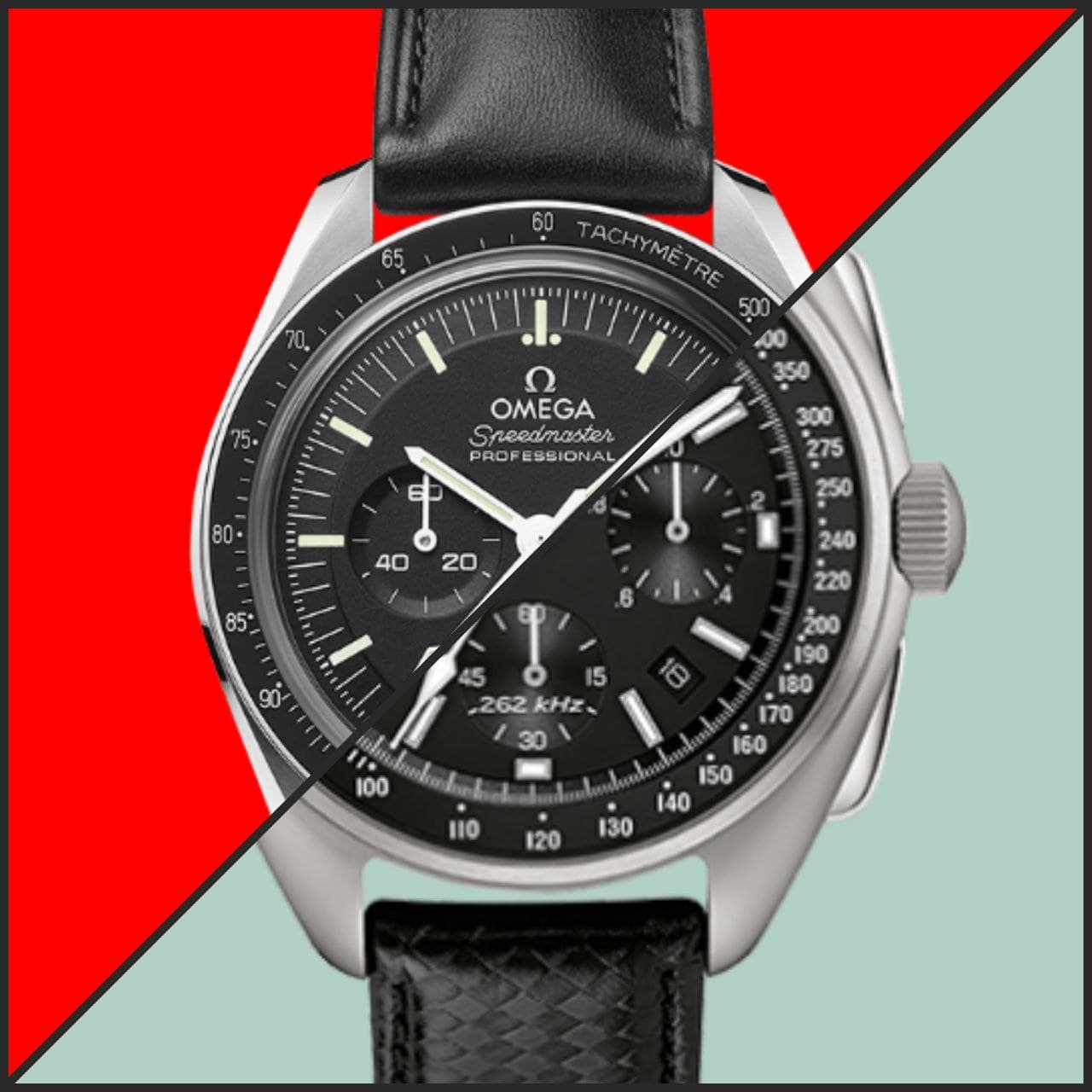Dr. N.
Watches can be classified according to different categorizations. A very frequent one is the one that follows the type of power supply used to supply power to the watch.
First of all, a distinction is made between mechanical and electronic watches, depending on whether they are powered by mechanical energy regularly introduced by the user, or by a chemical reaction inside an electric battery. We will not deal with electronic watches in this article, only mechanical watches.
- mechanical watches they can in turn split out, again based on differences in nutrition, between self-winding watches and manually-wound watches. Let's now discover the differences in detail
Manual winding and its advantages
Manual winding is the first form of power for the watch to appear in history. We refer to this article for a more in-depth illustration of the history of the hand-wound watch. Here, we limit ourselves to highlighting the essential features of the hand-wound watch.
In the manually wound watch, the user injects the energy necessary for the watch to function by turning a wheel, called winding crown, usually located at 3 o'clock, which is to the right of the clock. The winding crown is connected, through special mechanisms, to a barrel containing a spiral spring. This spring in turn transmits the movement to the balance wheel, which regulates the release of the energy accumulated in the barrel and transmits the “regularized” motion to the hands, which show the time on the dial.
The hand-wound mechanical watch is distinguished by the maxim simplicity of operation. There are no components other than those necessary to charge the watch and allow it to mark and show the passage of time. The hand-wound watch is the most essential form of the timepiece.
The absence of the winding rotor, normally present in automatic watches, results in a lower thickness for manual winding movements. As a result, these movements can be housed in thinner cases: this contributes to making hand-wound mechanical watches generally thinner than their automatic counterparts.
La greater simplicity constructive It has an additional advantage for hand-wound mechanical watches, namely robustness. The saying that "what is not there does not break" is always valid in mechanics, but it is particularly so in the case of watches. The winding rotor is an oscillating mass that rotates on rather thin and delicate pins. An external stress, such as the watch falling to the ground, involves a concentration of forces in the area where the oscillating mass is hinged: this can lead to damage and breakage. A manually wound watch, without a rotor, is by its nature not subject to this type of risk.
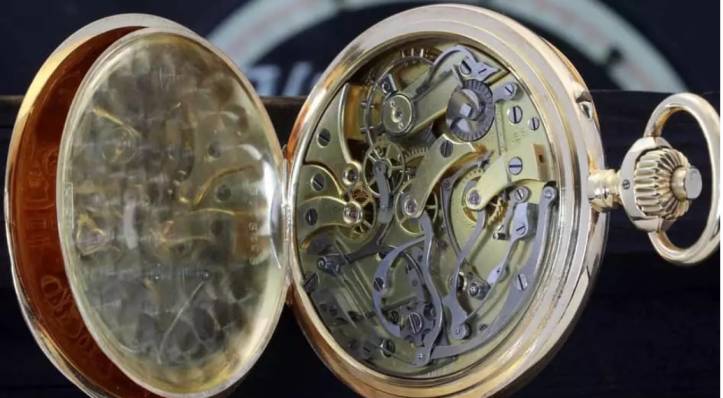
Aesthetes also appreciate the beauty of movements a carica manual: in the absence of a winding rotor that hides part of the movement from view, a glass back can reveal many construction details that delight enthusiasts.
Automatic winding and its advantages
The self-winding mechanical watch it is probably the type of mechanical watch most widespread nowadays. It is a watch that draws the energy necessary for its operation from the movement of the user's wrist. This is possible thanks to the presence of a rotor which loads the movement in place of the manual rotation of the crown. The rotor is an oscillating mass that is rotated by the movements of the watch worn on the wrist. This rotation transmitted to the barrel brings tension to the winding spring, which then activates the clock mechanism with the same path seen in the case of manual winding, in order to show the passage of time on the dial by means of the spheres.
I benefits of the clock a carica automatic they are many. First of all, it is not necessary to manually intervene in the evening to wind it, since it uses the movement of the wrist during the day for this purpose. This feature has made it the most suitable choice for diving watches: not having to operate the winding crown every evening makes it less probable for water infiltrations, which are possible if the watch is still damp and the winding crown is removed and reinserted.
Another reason why the self-winding watch is appreciated is the most precision intrinsic. Given that today the difference is insignificant thanks to the technical advances in the production of winding springs, in a manually wound watch the fully charged spring releases more energy than the discharged one, a problem to remedy which it is recommended to always wind at the same now the manual timepiece. In the case of automatic winding, the watch is, when brought, always at maximum charge, so the winding spring is kept at a constant tension. Theoretically resulting in greater accuracy.
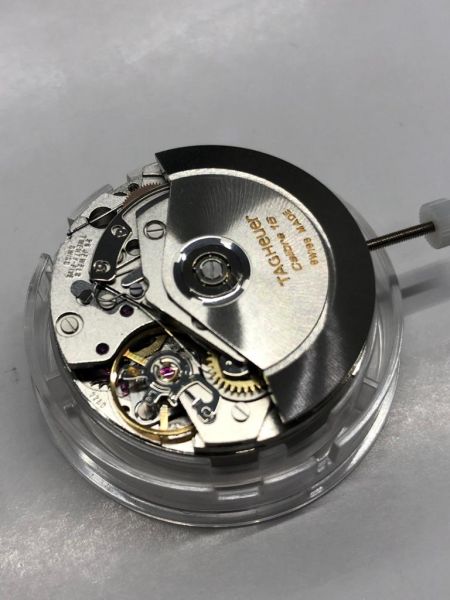
Automatic or manual: what does it do for me?
The choice, as always in the world of watches, is strictly personal. The winding watch automatic turns out more practical in everyday life, the manual winding gives a stronger link with the mechanics thanks to the ritual of the evening charge.
The writer particularly appreciates the aforementioned rite, and likes to wind up some old manual mechanical watch every now and then, appreciating the clicks of the ratchet and the gradual increase in tension, until the crown stops letting itself be rotated. Please, never force beyond that point ...
And you, what do you think of the challenge between manual and automatic winding? Tell us in the comments!


